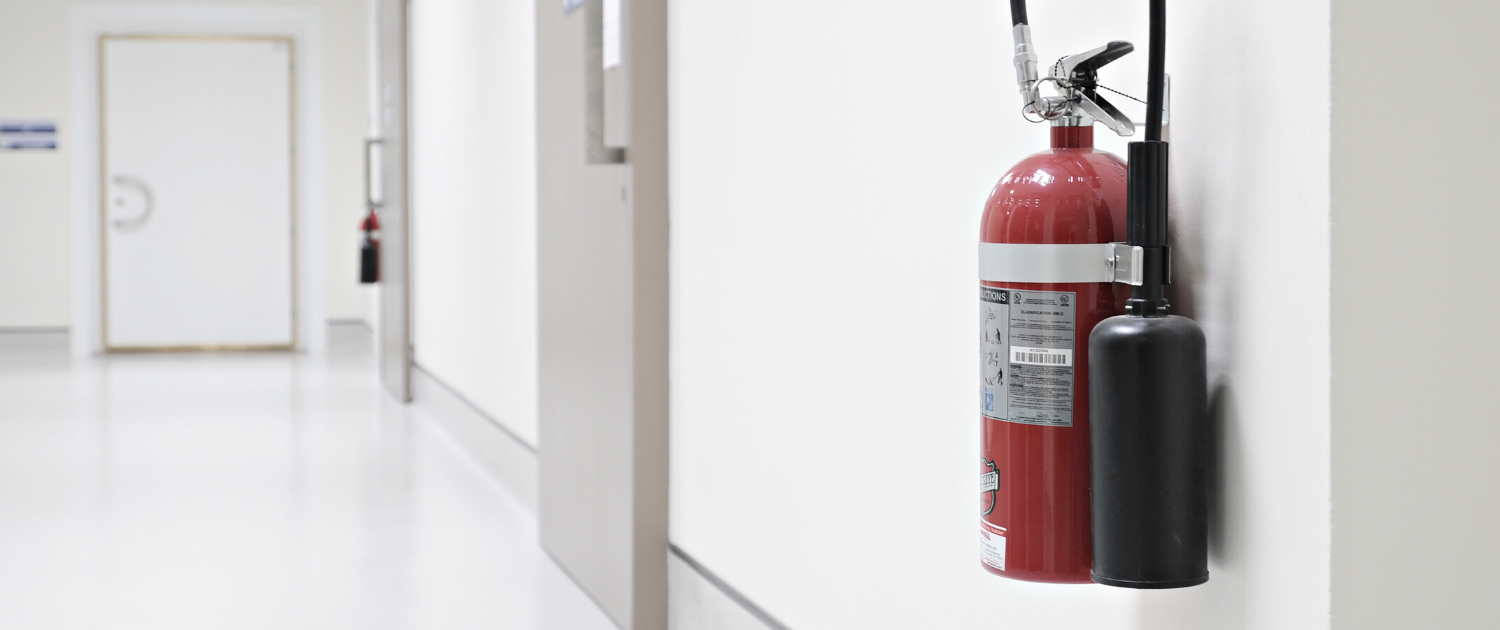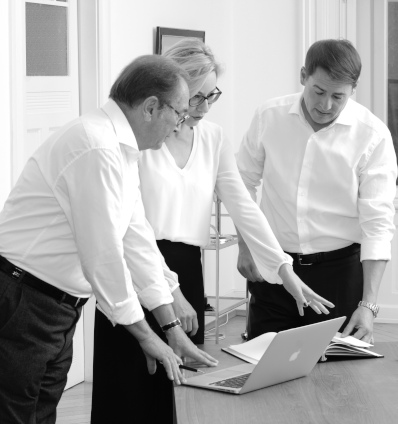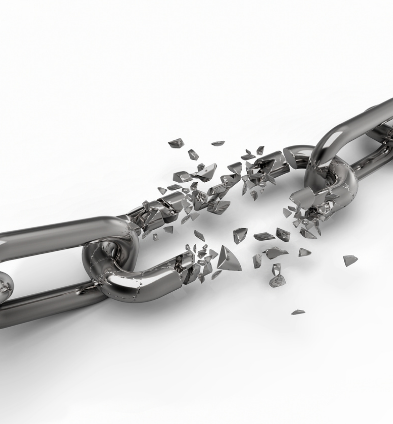Why you should make sure that the sum of your machine insurance is correct
3rd June, 2021 by P. Merker
With a machine insurance, you insure your company against property damage to machinery and equipment – for example after a fire disaster.
This usually includes so-called property insurance and machinery breakdown insurance.
The aim of your machine insurance is that after a damage, your company is exactly where it would have been without the damage as soon as possible.
You absolutely need correct insurance values for this. I.E. you need to know what your machine park, your systems and equipment costs in total and new! Because you not only have to buy new machines and systems, they have to be delivered, installed and put into operation. Which, as you know, can cost a lot of money.
Only rarely will these values match the values in your books. In our many years of valuation practice, we have seen significantly more companies with incorrect sums insured than with correct ones. Much more tragic, however, were the cases of underinsurance we experienced and which unfortunately may end in bankruptcy.
The right machine insurance and the right sum insured is therefore an elementary component of risk management in a company.
How do wrong insurance sums arise in machine insurance?
Even the usual, ordinary day-to-day business leads to the constant changing of the insured amount and, above all, growing further and further away from the values in your asset accounting.
The more dynamic your company invests, the faster you will have this problem.
There are a large number of business transactions which mean that your machine insurance ist not (no Longer) posted with the correct insurance values. We will give you a few examples:
- As already mentioned, the costs for freight and assembly, for example, are often forgotten to evaluate, as these are often booked under repairs.
- Often companies base their sum insured on their acquisition costs. However, consider the following: you are buying a machine for a very good price at an auction. How likely is it that you will be able to get such a machine for such a price again on short notice after a fire?
- A major source of error also lies in the question: what belongs to the building and what is machinery? Because these are insured in separate contracts. The differentiation is surprisingly complex and not only plausible. A prominent example: a passenger elevator is part of the building, a freight elevator is a machine…
Practical tip: We can also provide you with expert reports for buildings and facilities from a single source, together with our partner, the real estate experts Wagner & Partner, who specialize in commercial buildings.
Other sources of error are leased machinery, your vehicle fleet, wiring, etc. etc.
We have created a checklist for you here that will help you assess the risk to your insurance values.
Click here for the checklist „Sum insured in machine insurance“.
What does underinsurance mean and what are the risks?
In the event of a claim, the sum insured will be checked. If it is too low, the insurer will only compensate proportionally, based of the percentage of underinsurance. If your sum insured is too low, it will cost you a lot of money.
I will use an example to explain how such underinsurance works in the event of a claim:
Let us assume that your sum insured was set at EUR 10 million. Unfortunately, your machines, equipment and systems have a new or replacement value of EUR 12.5 million. This means that you would have to spend EUR 12.5 million to set up all machines and equipment ready for operation. In this case, one speaks of an underinsurance of 20% (EUR 2.5 million / EUR 12.5 million). In other words: You are only 80% insured, no matter how high the damage is. And that has the following consequences:
In the event of a property damage, your insurance will only reimburse 80% of your damage. So if there is a damage of EUR 1 million after a fire, your insurance will only reimburse EUR 800.000. You will have to pay the rest of EUR 200.000 yourself. You can easily imagine that in certain cases this can lead to massive liquidity problems and even threaten the existence of the company.
How does overinsurance work?
Overinsurance can arise, for example, if the original acquisition value is removed from the sum insured when a machine is sold or scrapped – instead of the current new value of a similar machine. If this happens more often, the sum insured will gradually increase bit by bit.
However, since your premiums are based on the sum insured, you will systematically pay excessively high insurance premiums.
Moreover, in the event of a claim, the insurance will compensate you for a maximum of the damage determined, regardless of your high insurance premiums.
Practical tip: In times of rising insurance premiums for industrial and machine insurance, however, excessively high insurance premiums are an absolutely superfluous and avoidable cost factor.
Will an underinsurance waiver solve the problem?
It is often argued that some machine insurance contracts contain a so-called „underinsurance waiver“ and thus the risk just described has been eliminated. But here, too, you have to take a close and careful look.
The legal basis for the waiver of underinsurance – in Germany – is § 75 VVG.
With this underinsurance waiver, the insurer reimburses the damage incurred even in the event of underinsurance – up to a maximum of the agreed sum insured.
In order to be able to agree to such a waiver, certain criteria must be met when the contract is concluded, such as special procedures for determining the insurance value etc. This means that the underinsurance waiver then only applies up to a certain amount of damage, usually between EUR 500.000 and EUR 3 million for combined damage to buildings and equipment.
Practical tip: In the event of a major fire, however, such amounts of damage can be reached quickly, so you should take a close look at the conditions for a waiver of underinsurance.
The amount of damage is often capped on a percentage basis, i.e. there is no review of the sum insured if the property damage does not, for example, exceed 10% of the sum insured.
However, the premiums for such contracts are usually significantly higher that for „normal“ machine coverage, as no one takes on additional risks „just like that“.
Can you solve the problem by „extrapolating“ with price increase rates?
Even if we are not lawyers, we have to answer: It depends……
In order to extrapolate insurance values, the price tables of the Federal Statistical Office, Fachserie 17 Reihe 2, are often used. What is often overlooked: All these price information and their rate of increase always relate to the product ready for delivery ex works. Always.
That means: Freight, packaging and assembly and their price increases are not included in any of these indices. However, if the assembly share of a machine is 20% or more, then this creates considerable uncertainty, because the price of assembly costs often develop significantly different than the pure manufacturing costs of a machine.
It is true that the price tables have item 610: Repair, maintenance and installation of machines – with their own price increase index. Correct use, however, does require a lot of experience and knowledge and is therefore usually simply neglected.
IT Systems and devices with electronic insurance also have their own price series – here a distinction is made between electronics and technology. In addition, some insurance companies work with their own industry indices.
Over the past few decades, we have built up our own database of indices, with the help of which we regularly adjust the insurance values for our customers. These are accepted by the insurance companies.
With the right indices and value addition clauses, you can definitely adjust the insurance values of your machinery correctly over many years. We call this “maintaining insurance values”. Incidentally, this also includes the way in which your machine divestures are subtracted, and your
investments are added to your insurance sum, because there are – you guessed it – some pitfalls.
So what matter is that
- the sum insured has been correctly determined once
- the investments and divestures have been calculated correctly
- and the correct indices were properly applied.
Practical tip: If we have prepared an insurance valuation report for you, we will take care of the annual maintenance of your insurance values for a very small fee. So you usually have 5, sometimes even up to 10 years of ease.
Who is responsible for the correct sum insured?
Basically, first of all you as the policyholder.
Your insurance broker may also be liable.
However, if you have instructed us to determine your sum insured, we will take responsibility for your sum insured!
Conclusion: Sums insured in machine insurance
With a precise sum insured, you are on the safe side in every respect, because if the push comes to shove, you have all risks covered – for many years to come. This means that you should compare the investment for an appraisal with the risks of underinsurance and the costs of excessively high insurance premiums.
With underinsurance waiver clauses, you should assess exactly how much risk you are actually getting rid of and what additional amount it will cost you.





